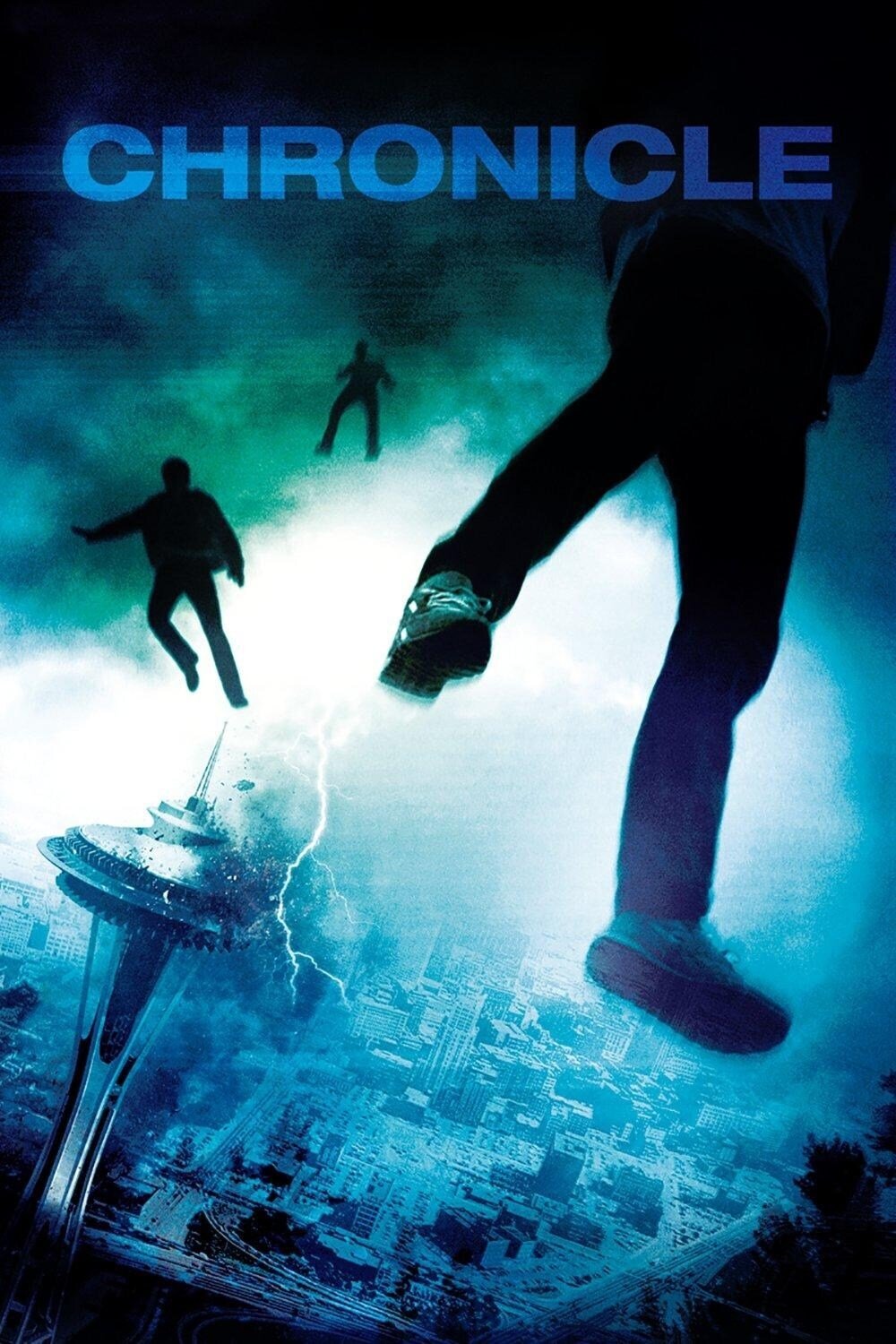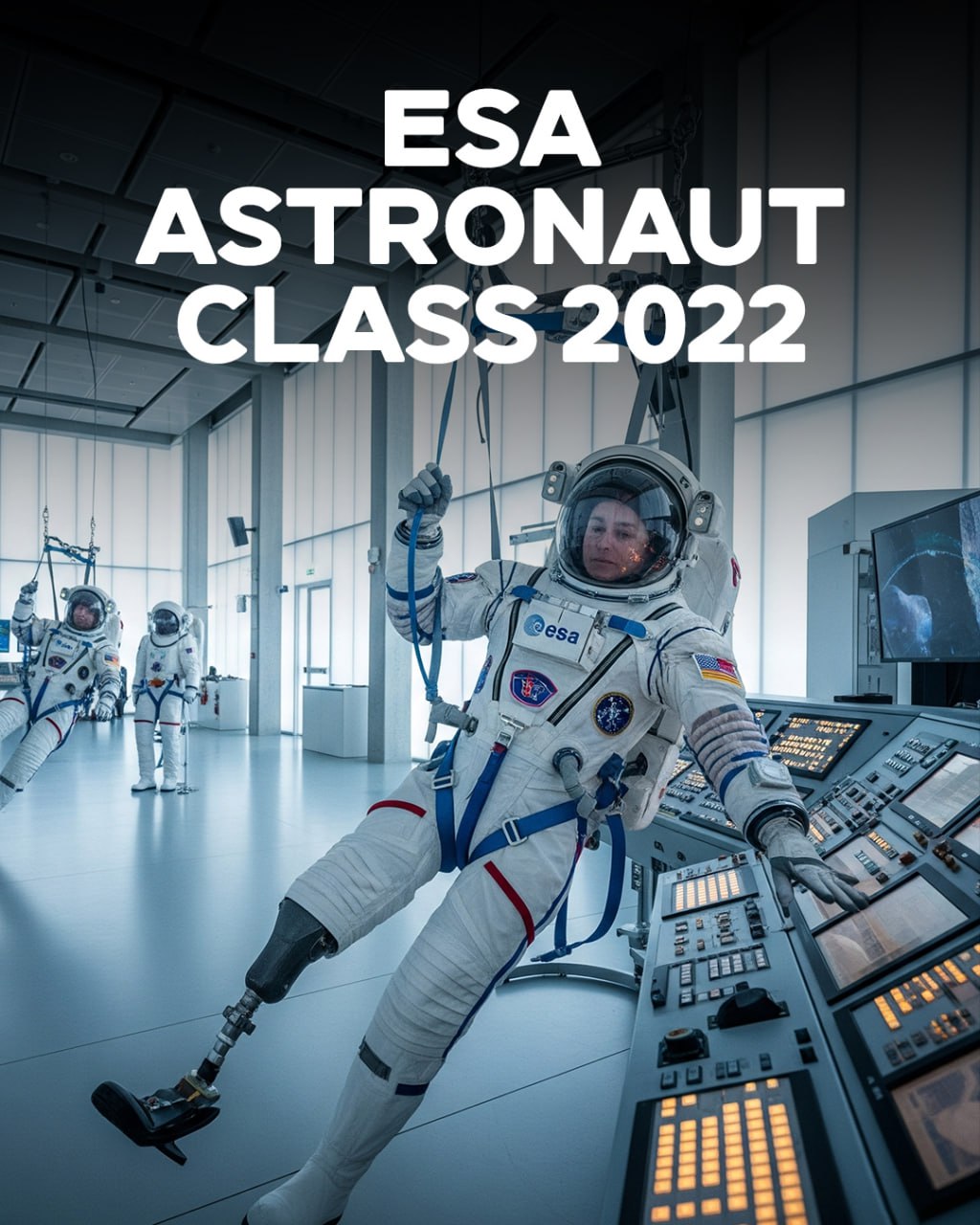Apollo 14 by Jackson Tyler
Apollo 14, the eighth crewed mission and the third to land on the Moon, was a significant event in NASA's lunar program after the Apollo 13 accident. It successfully landed in the lunar highlands at the Fra Mauro formation, a geologically significant site, and overcame several technical challenges en route. Astronauts Alan Shepard and Edgar Mitchell conducted two moonwalks, collecting 42.8 kg of lunar samples and deploying scientific experiments. Apollo 14 demonstrated NASA's ability to safely conduct lunar landings again, saving the Apollo program and renewing public and political support. Stuart Roosa, orbiting the Moon in the Command Module, conducted scientific experiments and photographed potential future landing sites, contributing to the planning of subsequent missions. Alan Shepard famously hit two golf balls on the lunar surface, capturing public imagination. The crew overcame malfunctions during transit to the Moon, including issues with the abort guidance system, which required troubleshooting and workarounds. The mission was postponed from 1970 to early 1971 due to extensive investigation and spacecraft modifications following Apollo 13, requiring retraining and adjustments in mission planning. Apollo 14 successfully combined scientific exploration with operational recovery, demonstrating precise lunar landing capability, extended surface operations with meaningful scientific return, and restoring confidence in NASA's lunar ambitions.
- English (UK)
Add Review
You have to Sign In to share the review


